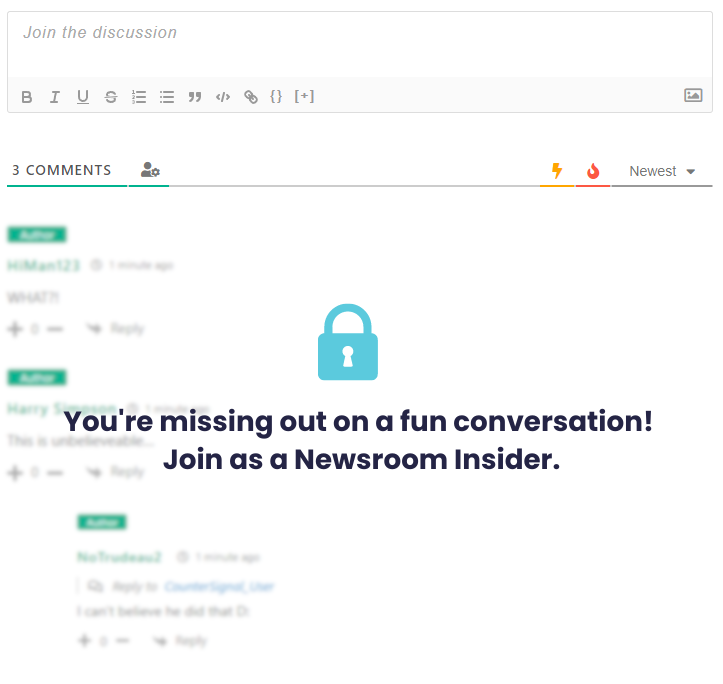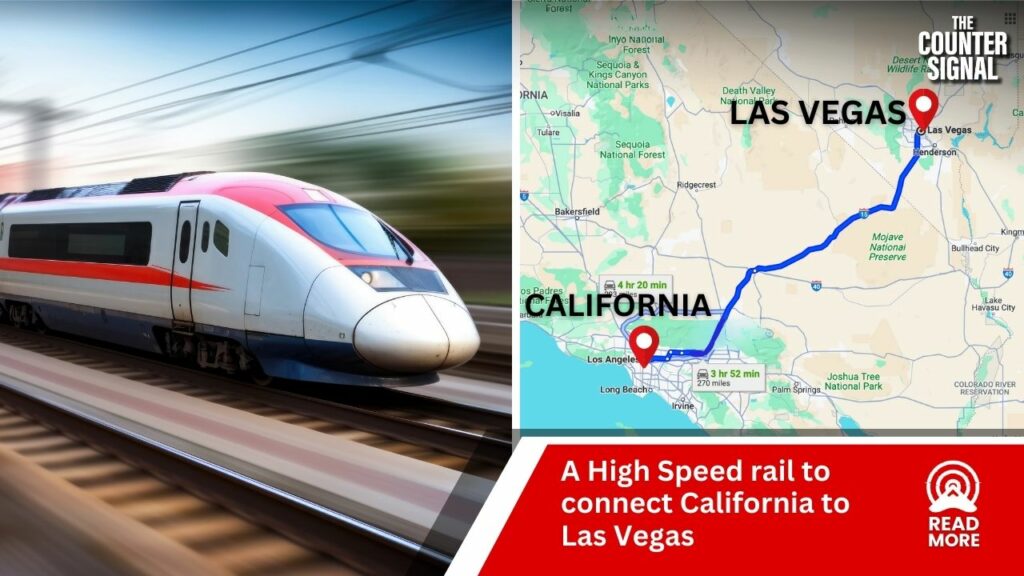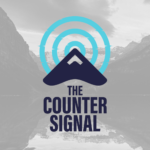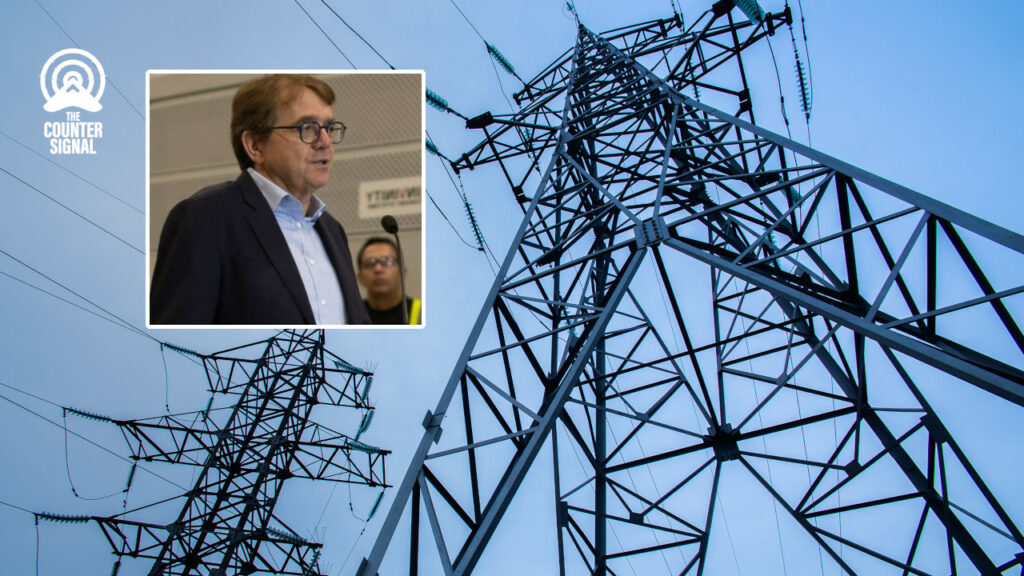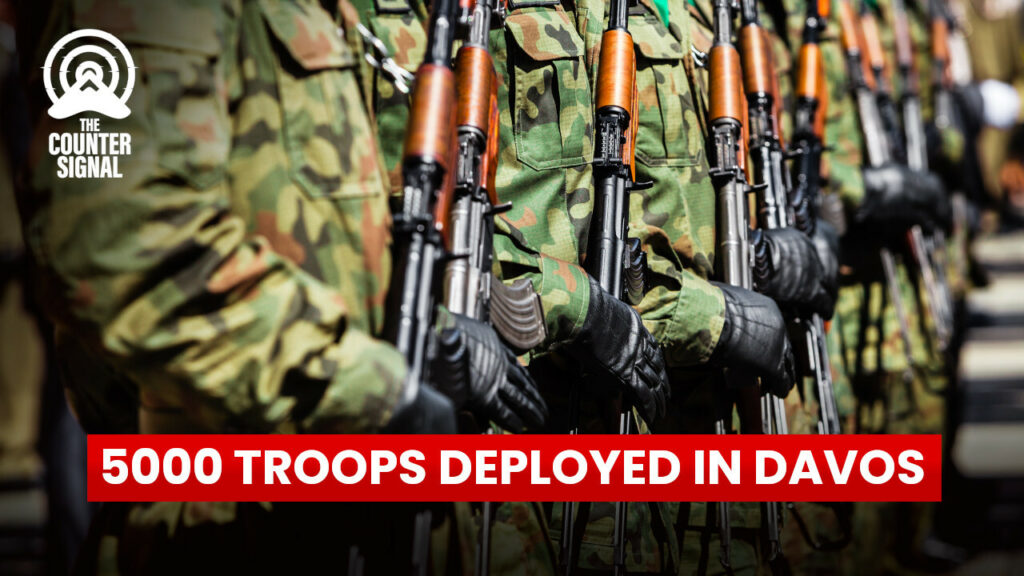California is ‘one step away’ from ordering rotating power outages, according to the state’s Independent System Operator.
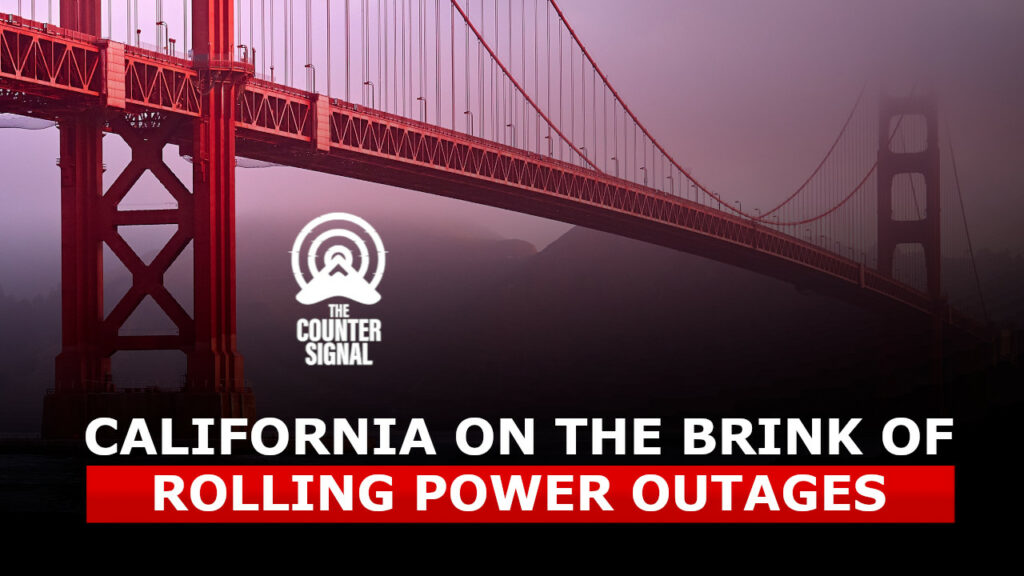
The California Independent System Operator (ISO) is alerting Californians to be ready for potential rotating power outages this evening, as the hottest weather of the heat wave is forecast to push electricity demand to an all-time high.
The ISO declared an Energy Emergency Alert 2 (EEA) to 4 p.m. to 9 p.m. on Tuesday, signalling participants to bid more energy into the market, and allowing the ISO to tap into emergency demand response programs that provide financial incentives for reducing energy use.
“The ISO is expected to declare an EEA 3 around 5:30 p.m., one step away from ordering rotating power outages,” says a news release.
The electricity demand for Tuesday night is forecast at more than 52,000 megawatts, “a new historic all-time high for the grid,” the ISO says.
“As the state faces the hottest day in this prolonged, record-breaking heat wave, grid conditions are expected to worsen. If needed, ISO could order utilities to begin rotating power outages to maintain stability of the electric grid.”
The ISO said rotating power outages could help maintain reliability and avoid cascading blackouts. When the ISO determines that supplies are insufficient to meet demand and reserves are exhausted, it would order utilities to begin outages to bring demand back in line with available supplies, it said.
The ISO said outages are a “significant” inconvenience to those affected, but it’s preferable to manage emergencies in a controlled manner rather than “wider spread, longer lasting disruption.”
“Power interruptions are kept as brief as possible and utilities rotate them through their customer base so that no one area has prolonged outages. Utilities make the determination of how best to spread and rotate the outages across their customer base, with the goal of limiting their duration as much as possible.”
If a rolling power outage occurs, consumers should expect communications – either phone, text or email – from their utilities notifying them of outage areas and likely durations, the ISO said.
